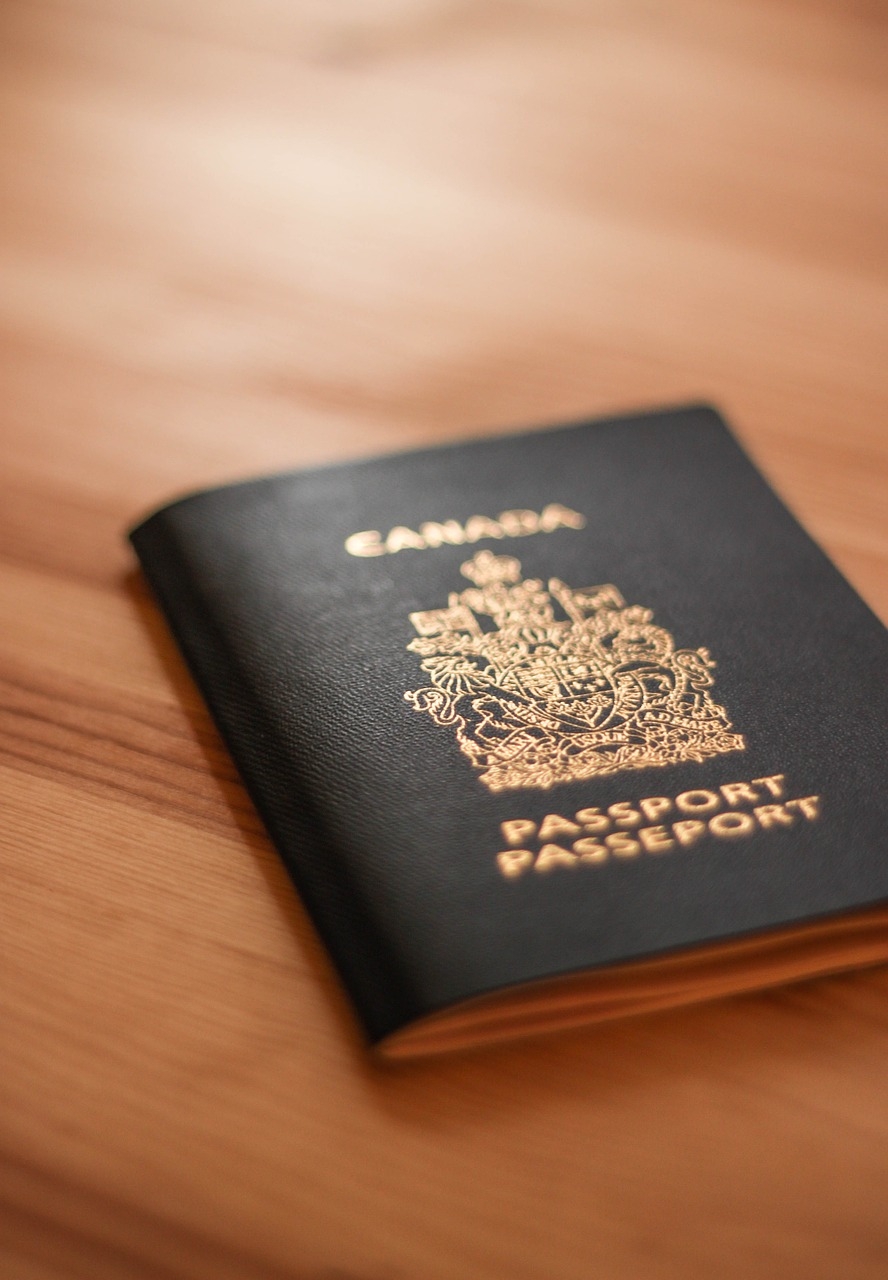
Canadian Women’s Unequal Access to Abortion
Women in Canada still do not have equal access to abortion.
Mifegymiso is a drug that is used to induce miscarriage. Many women view this pill as a simpler and less painful method of abortion. It was approved in Canada in 2015, and was meant to be available to all women. The drug costs approximately $400 or $450 per person, depending on the province.
Ontario, Alberta, British Columbia, Quebec, New Brunswick and Nova Scotia are the only provinces that cover this drug through their provincial health care plans, leaving women in other provinces to rely on private health plans or pay out of pocket. Neither solution is available universally, for many women don’t have a private health plan, and can’t afford to pay out of pocket.
It’s a wonderful thing that abortion is legal in Canada and women have the right to control what happens to their own bodies; by limiting this drug to certain provinces and certain women, we’re failing to meet the demands of our citizens.
Frederique Chabot, the director of health promotion for Action Canada for Sexual Health and Rights — a non-profit, pro-choice agency — is very disappointed by the choice certain provinces have made to exclude this drug from their healthcare plans.
"It's not cheap at all” says Chabot. “It's not everyone who has that lying around, so again it creates this uneven access. People who have $450 dollars in their savings account have access to abortion. People who don't, don't."
The decision to cover Mifegymiso is up to individual provinces. It’s clear that some provinces care more about women having access to abortion than others.
The bottom line is that all women should have the same rights over their own bodies and lives; these rights are made possible only through access to resources like Mifegymiso. A woman’s rights should not be affected by her financial situation.
This inequality shows a set of governmental priorities that do not favour all women. Moreover it reveals the same kind of cruel dismissal that we often see in pro-life/pro-choice debates; for if a woman is not able to afford a $400 pill, how does the government expect her to take care of a child?









